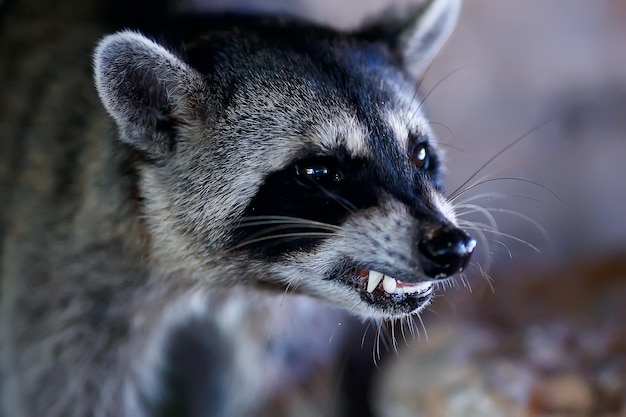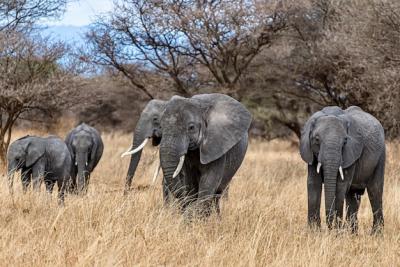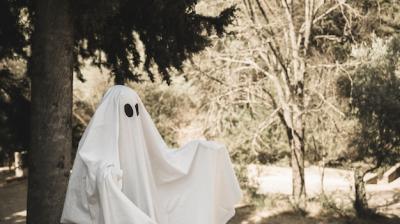American Raccoon in the Wild – Free Download
Wild Nosoha: A Glimpse into the American Raccoon
The wild nosoha, commonly known as the American raccoon, offers a fascinating insight into the animal kingdom. With its playful nature and distinctive appearance, the raccoon is a beloved species that captures the hearts of many. Understanding these creatures more deeply can enhance our appreciation for the natural world.
Characteristics of the American Raccoon
The American raccoon is easily recognizable thanks to its unique features. Here are some of the main characteristics:
- Physical Appearance: Raccoons have a distinct black "mask" around their eyes and a bushy tail with rings.
- Size: Generally, they weigh between 10 to 30 pounds and can reach lengths of up to 2 to 3 feet.
- Adaptability: These animals are highly adaptable and can be found in various habitats, including forests, urban areas, and wetlands.
Behavior and Habitat
Raccoons are known for their intelligence and curiosity. They are primarily nocturnal, meaning they are most active during the night. Here are some key points about their behavior:
- Social Structure: Raccoons are usually solitary but can sometimes be seen in small groups.
- Diet: They are omnivorous, enjoying a wide range of food from fruits and plants to small animals and insects.
- Communication: Raccoons communicate through a variety of sounds, including chattering, growling, and purring.
The Role of Raccoons in the Ecosystem
American raccoons play an essential role in their ecosystems. They contribute to the environment in several ways:
- They help control insect populations by feeding on them.
- Through their foraging behavior, they aid in seed dispersal, promoting plant growth.
- As scavengers, they help clean up waste in their habitats, keeping the environment tidy.
Conservation and Protection Efforts
While raccoons are abundant in many areas, it is vital to be aware of their conservation status. Efforts are being made to ensure their habitats remain protected, and public awareness is crucial in promoting harmony between humans and raccoons.
Conclusion
The wild nosoha, or American raccoon, is more than just a charming animal. It is an integral part of our ecosystem, and understanding its behaviors and roles can help foster a greater appreciation for wildlife. Whether you spot a raccoon rummaging through your backyard or observe one in its natural habitat, there is always something remarkable about these creatures.












